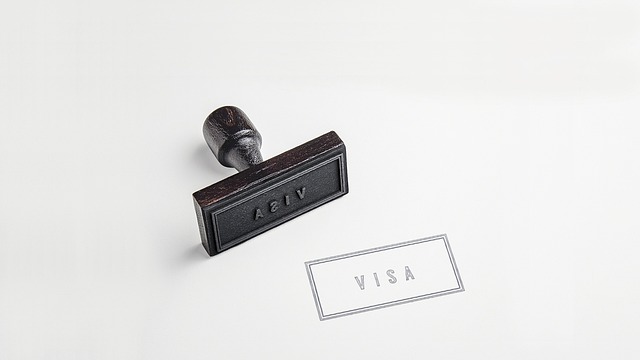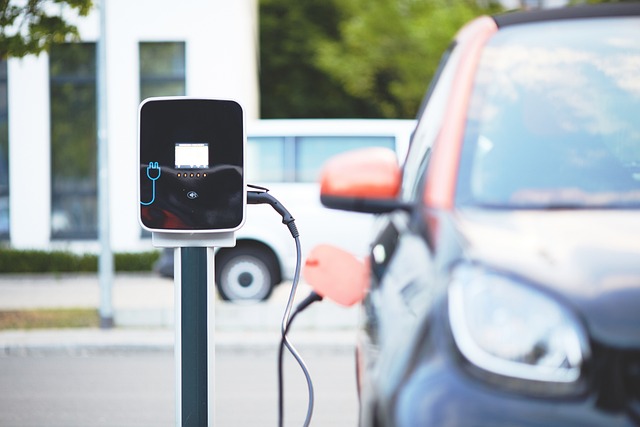Factors Affecting the Valuation of Watercraft
Valuing a watercraft requires combining technical inspection, documented service history and realistic operating cost estimates. This article explains the primary factors that influence a vessel's market value, including type (yacht, sailing, catamaran, motorboat), shipyard and brokerage records, ongoing mooring, registration and maintenance obligations, and charter potential.

A reliable valuation of a watercraft must go beyond visual condition and age to include structural integrity, documented repairs, and service history. Buyers and sellers should weigh engine hours, hull condition, installed navigation systems and any refits done at recognised shipyards. Equally important are ongoing obligations—mooring fees, registration status and routine maintenance—that affect total ownership costs and therefore the realistic market price a prospective buyer will accept.
How do vessel characteristics shape value?
Hull material, overall length and construction quality form the baseline for valuation. Fiberglass, aluminium and composite hulls have different life spans and repair profiles. Engine type, power rating and total hours are critical for motorised vessels, while sail inventory and rigging condition matter for sailing craft. Interior finish level, onboard systems and documented upgrades also influence perceived value for yachts intended for private use or charter.
What role do shipyard and brokerage records play?
Invoices and certificates from a reputable shipyard provide objective proof of maintenance and major repairs, increasing buyer confidence. Brokerage firms contribute market insight, pricing guidance and access to buyers, but brokerage fees reduce net proceeds for sellers and should be accounted for in valuation scenarios. Independent surveyor reports that confirm shipyard work and identify hidden issues are frequently decisive in final price negotiations.
Does the type—sailing, catamaran or motorboat—matter?
Type determines operating costs, buyer pool and resale demand. Sailing yachts can offer lower fuel costs but require regular rigging and sail maintenance. Catamarans attract charter operators and owners seeking more living space and stability, often commanding premiums in charter-heavy regions. Motorboats and motor yachts typically carry higher fuel and maintenance costs due to complex engines, but those with modern systems and low engine hours may still command strong resale prices.
How do navigation systems and onboard equipment affect appraisal?
Modern navigation electronics, autopilots, AIS, radar and up-to-date safety gear increase a vessel’s marketability and appraisal value. Properly installed systems with invoices and certifications are valued more than ad-hoc retrofits. Conversely, outdated or non‑functional navigation equipment reduces buyer confidence and may require costly upgrades prior to sale, which should be factored into the valuation.
How should mooring, registration and maintenance be factored?
Ongoing ownership costs—mooring fees, registration taxes and scheduled maintenance—reduce buyer willingness to pay a high upfront price. Mooring costs vary widely by location and facility type; registration requirements and taxes depend on jurisdiction. Proven, regular maintenance documented with invoices supports higher pricing, while uncertain maintenance history increases perceived risk and lowers offers. Include insurance, winterisation and anticipated refit costs when estimating fair market value.
| Product/Service | Provider | Cost Estimation |
|---|---|---|
| Small used motorboat (5–7 m) | Boat Trader | $8,000–$40,000 |
| Used sailing yacht (9–12 m) | YachtWorld | $40,000–$300,000 |
| Used cruising catamaran (4+ cabins) | Multihulls World / YachtWorld | $150,000–$1,000,000+ |
| New mid-range motor vessel | MarineMax | $150,000–$800,000 |
| Brokerage service (sale/purchase assistance) | Fraser / Denison / Burgess | Commission typically 5–10% of sale price |
Prices, rates, or cost estimates mentioned in this article are based on the latest available information but may change over time. Independent research is advised before making financial decisions.
How do market trends, charter potential and regulation influence value?
Seasonality, local charter demand and regulatory changes—for navigation, safety or registration—affect liquidity and pricing. High charter demand in a region raises resale values for boats configured for rental, while new registration rules or higher insurance premiums can reduce interest from certain buyer groups. Financing availability and macroeconomic conditions also shape what buyers are willing to pay and how long it will take to sell at a given price.
A thorough valuation combines an independent survey, verified shipyard and maintenance records, realistic operating cost calculations and knowledge of regional market conditions. Clear documentation, recent professional inspections and transparent cost estimates help align seller expectations with buyer willingness to pay, resulting in a valuation that reflects both present condition and future obligations.





